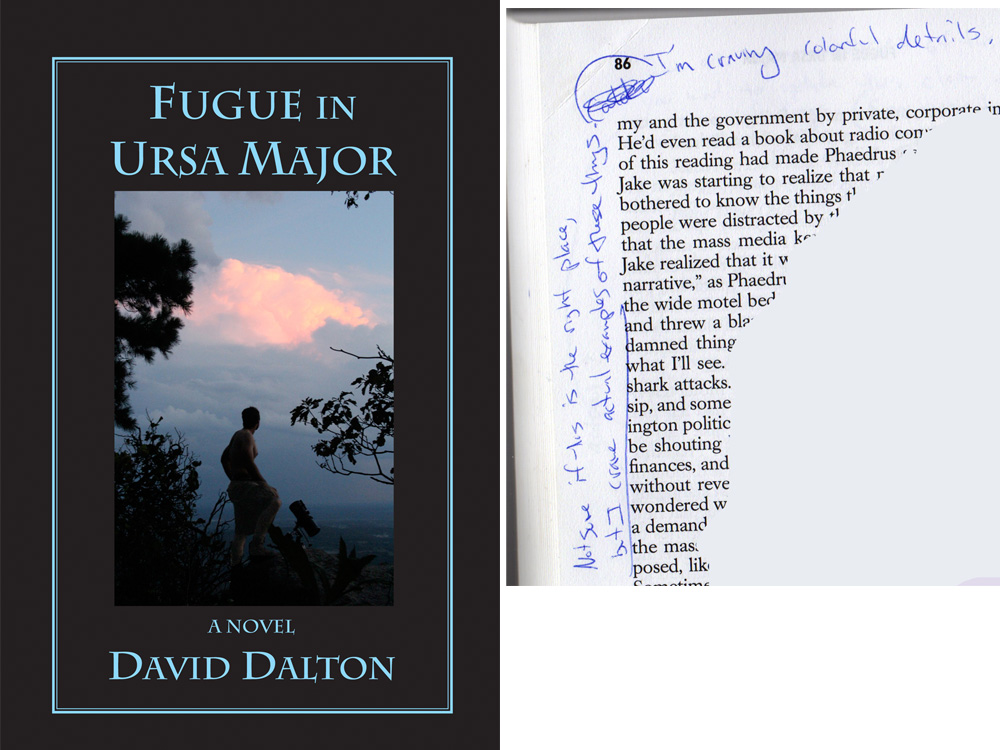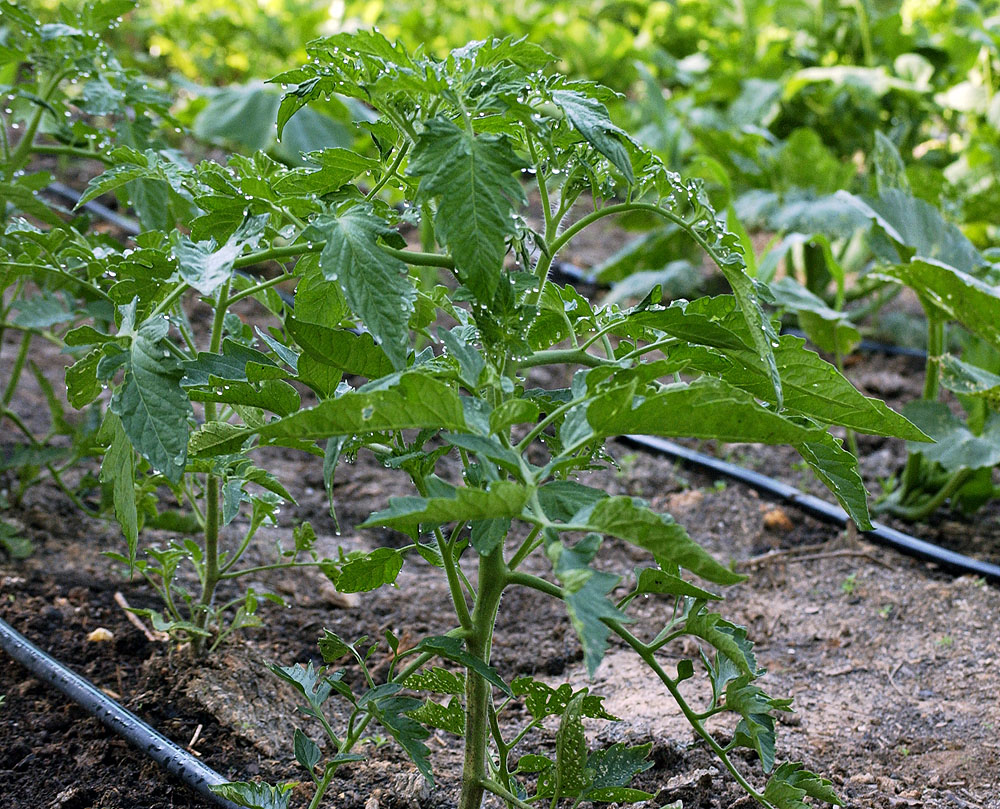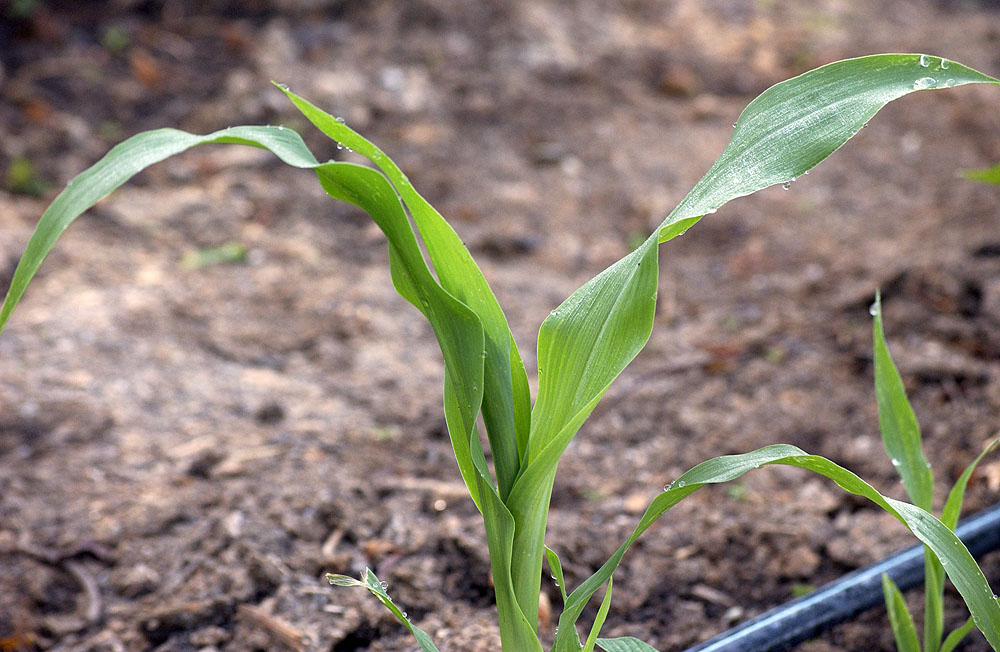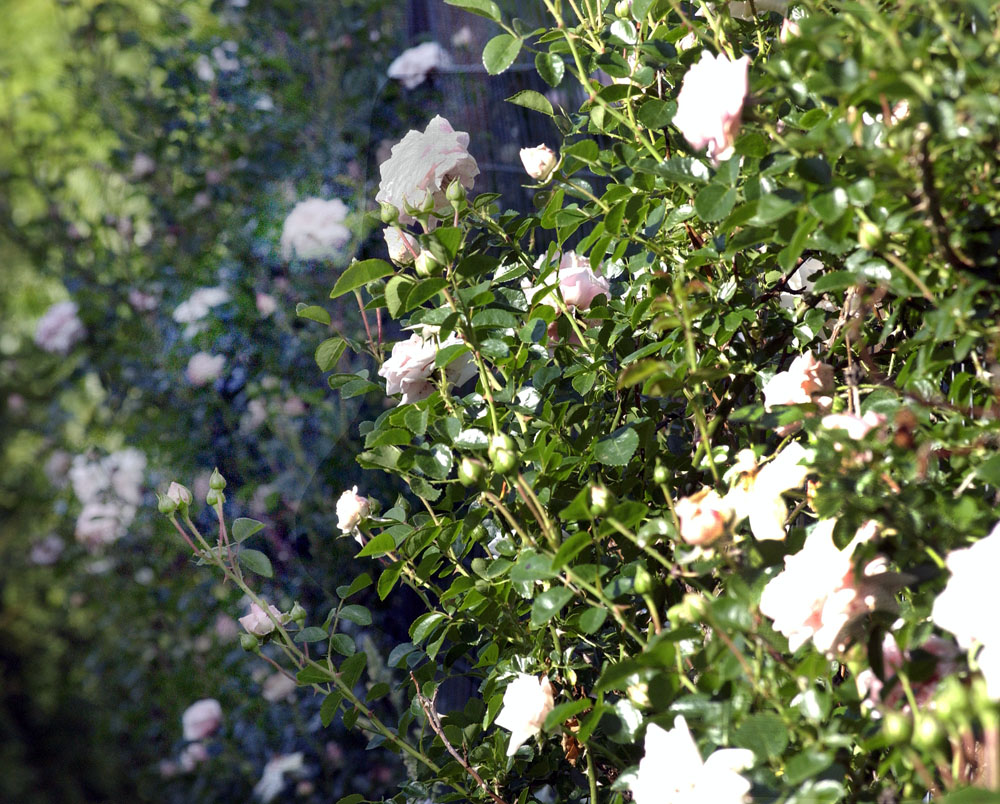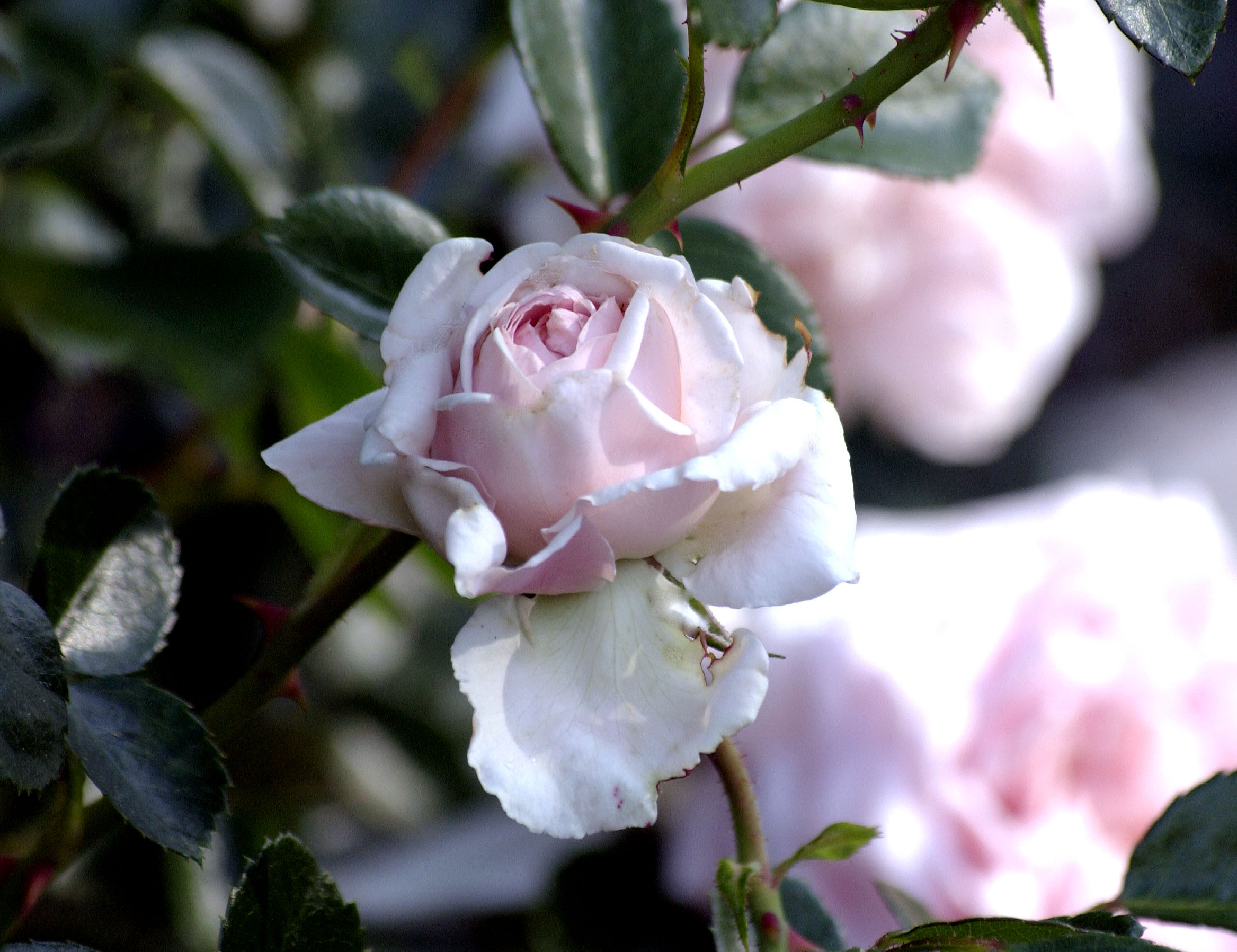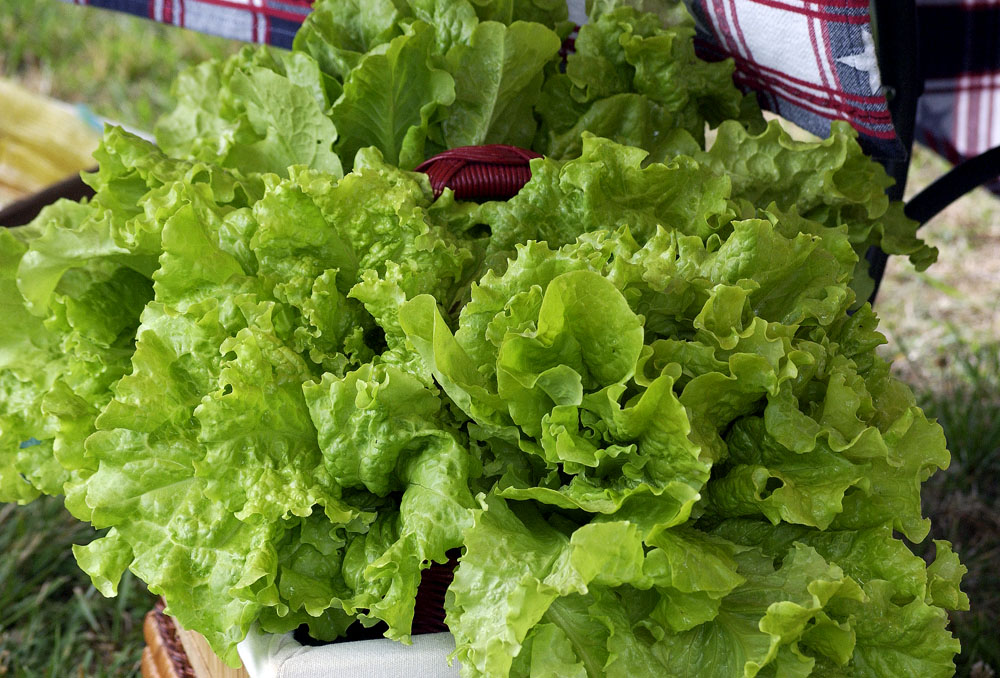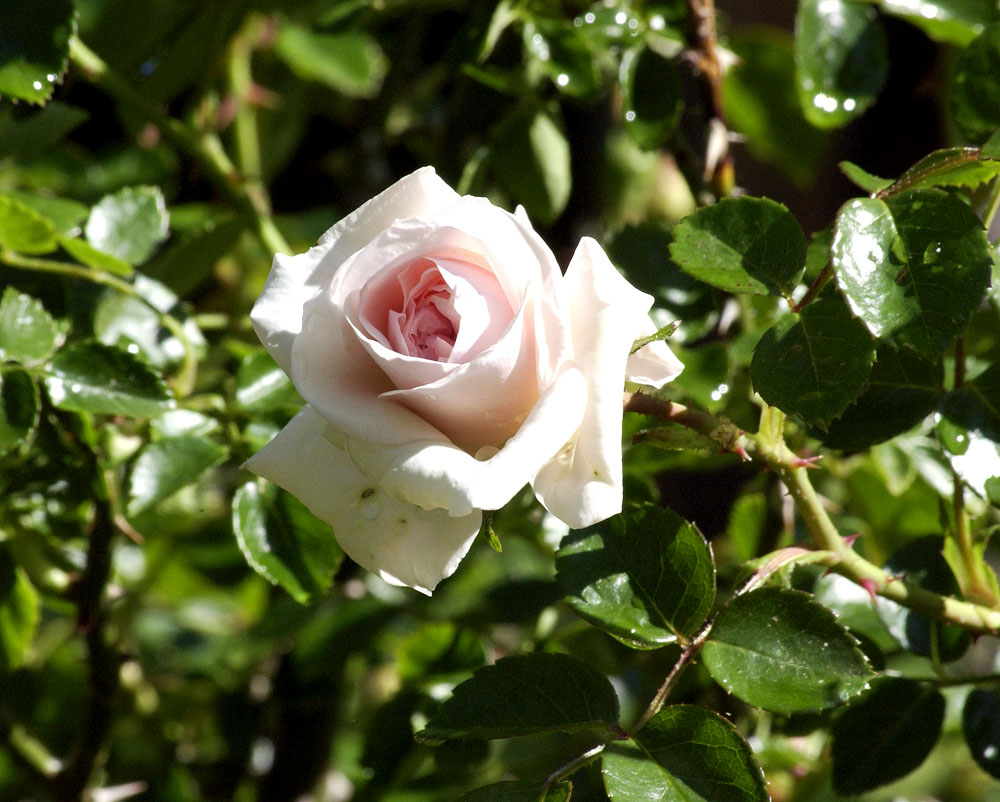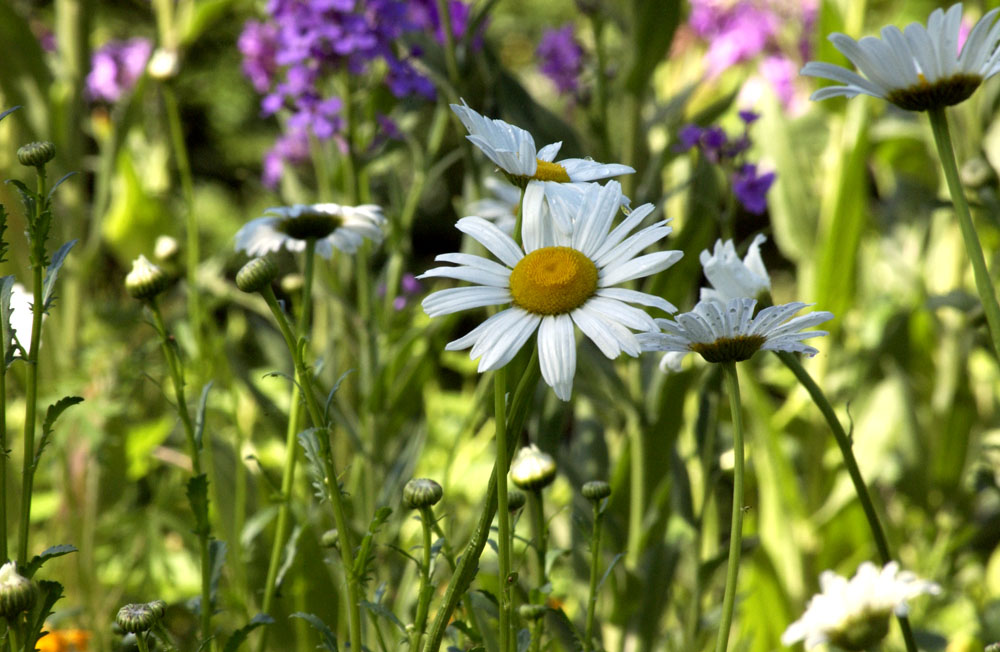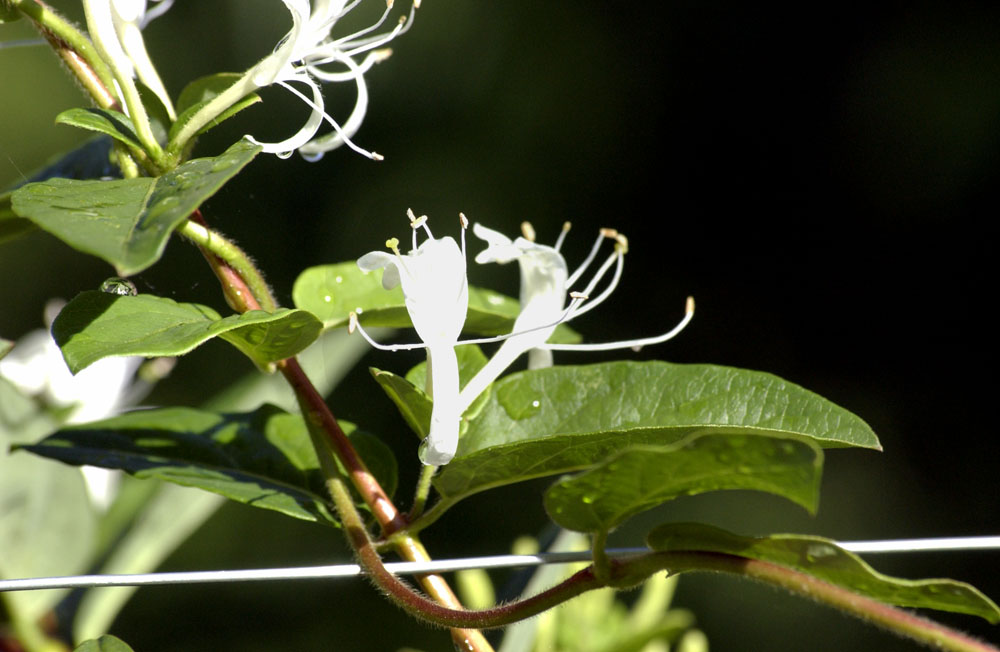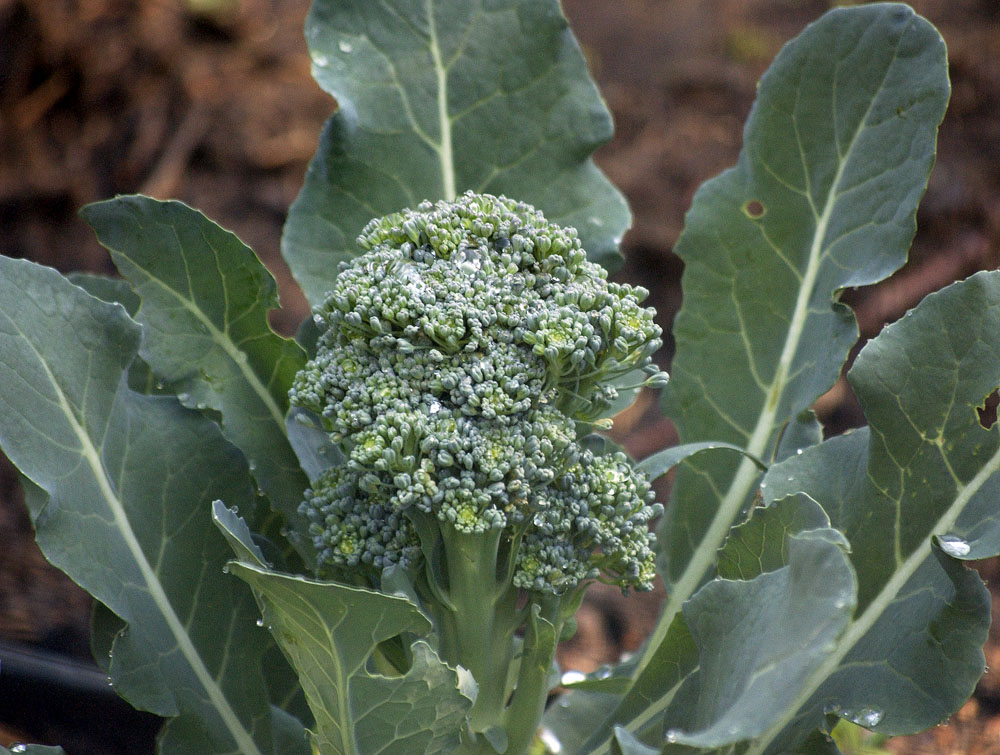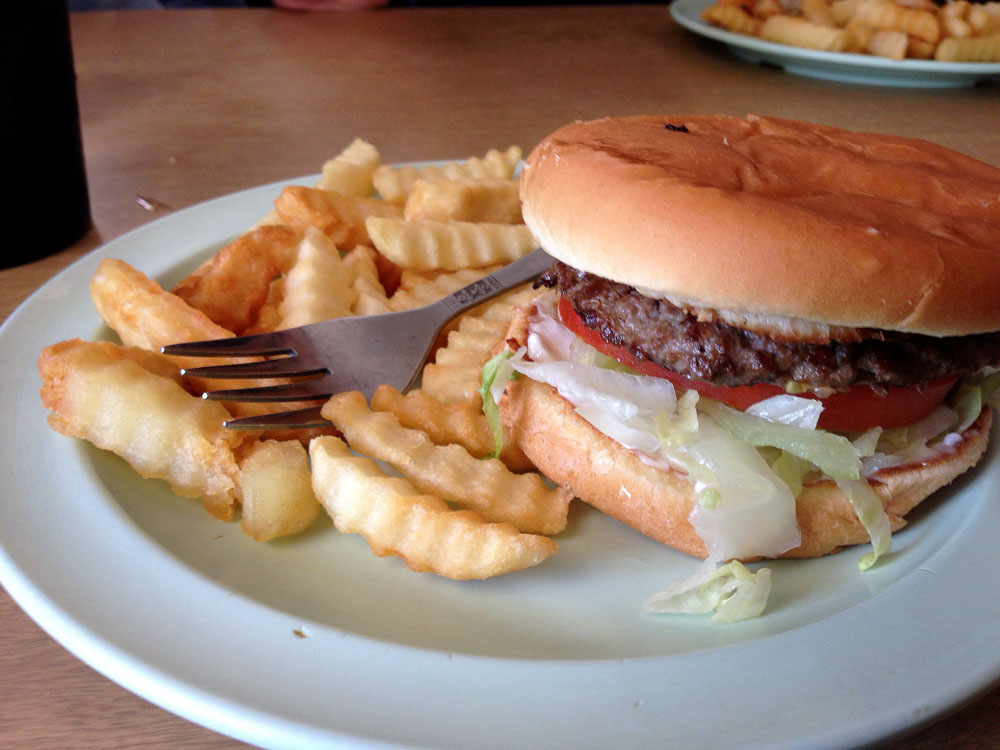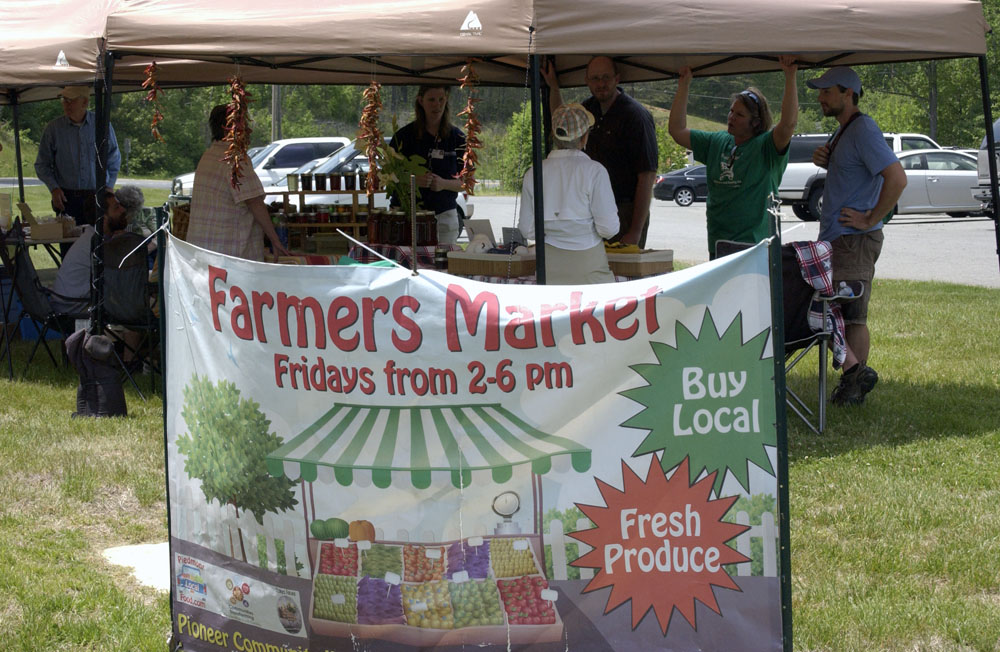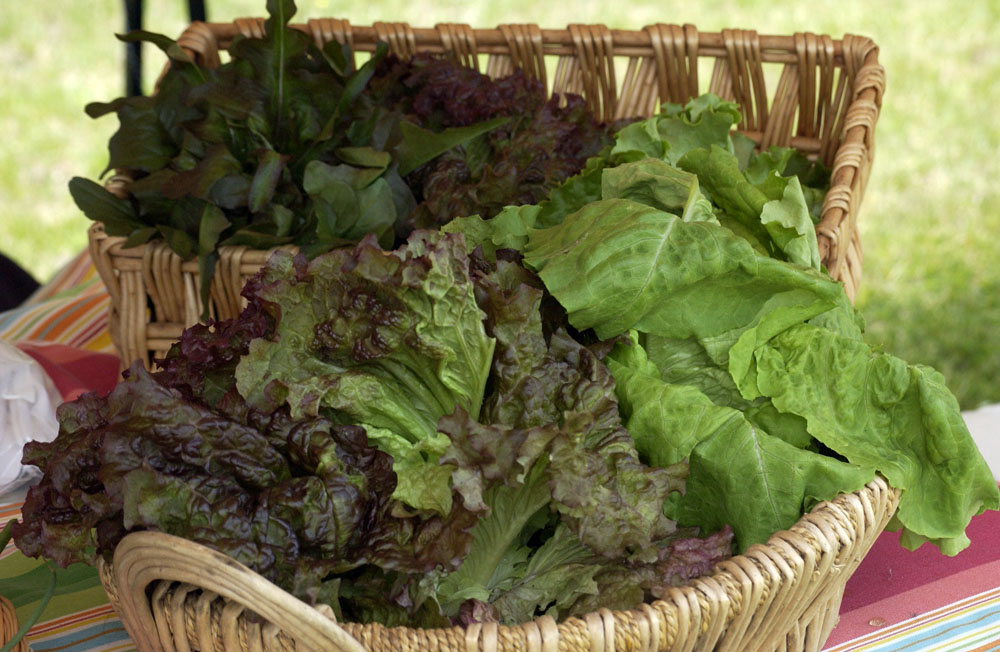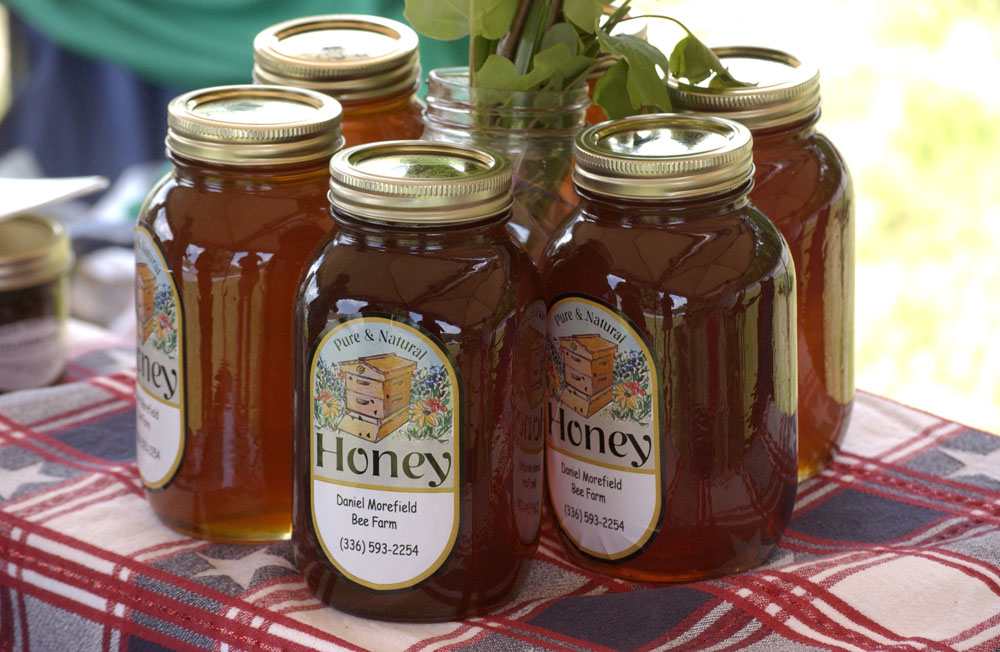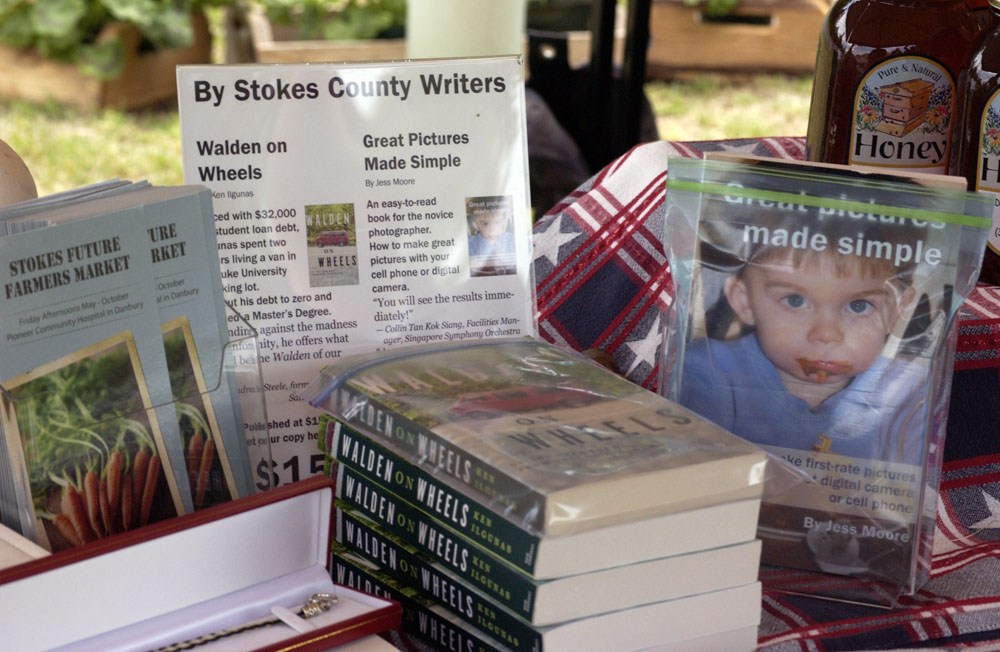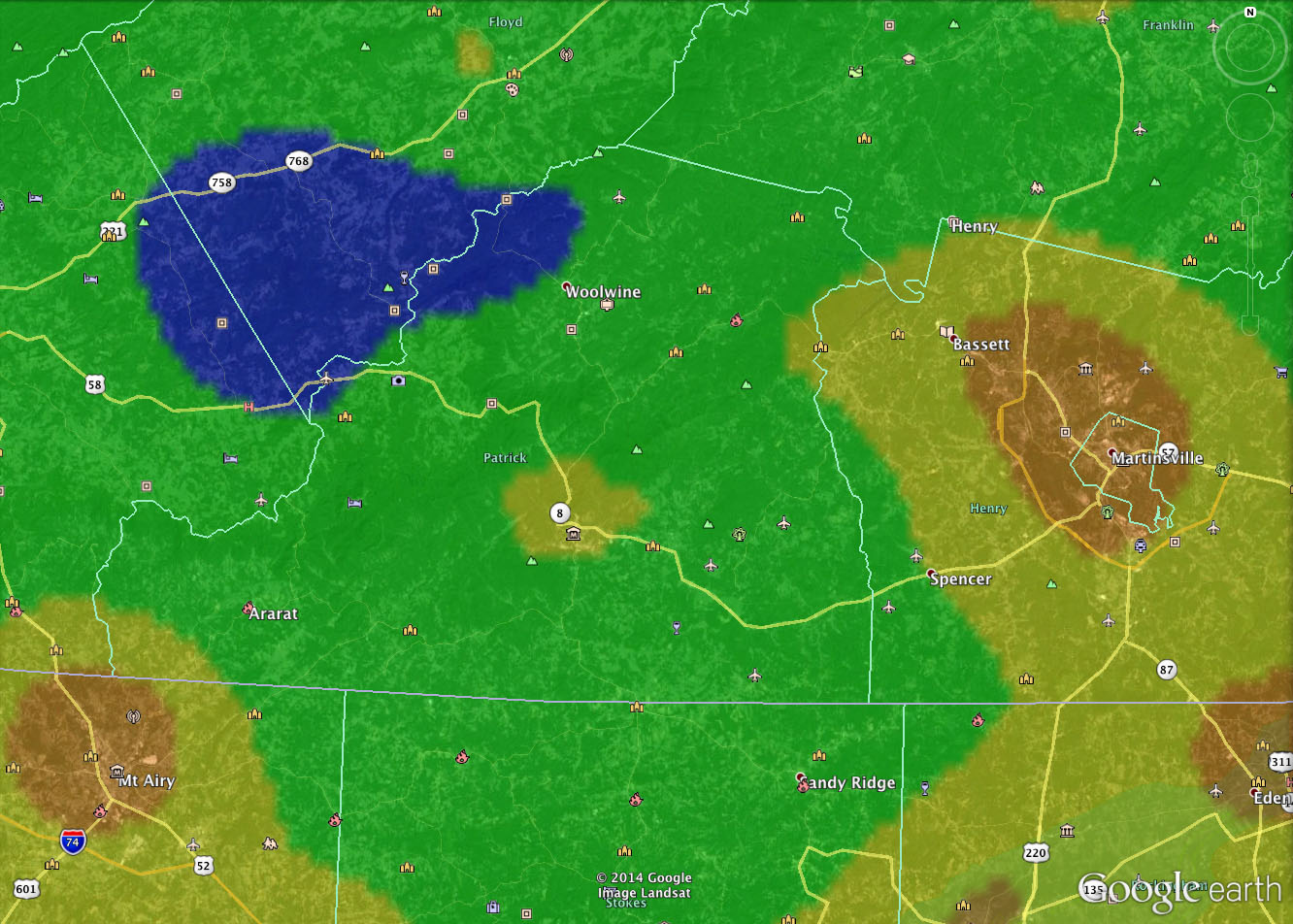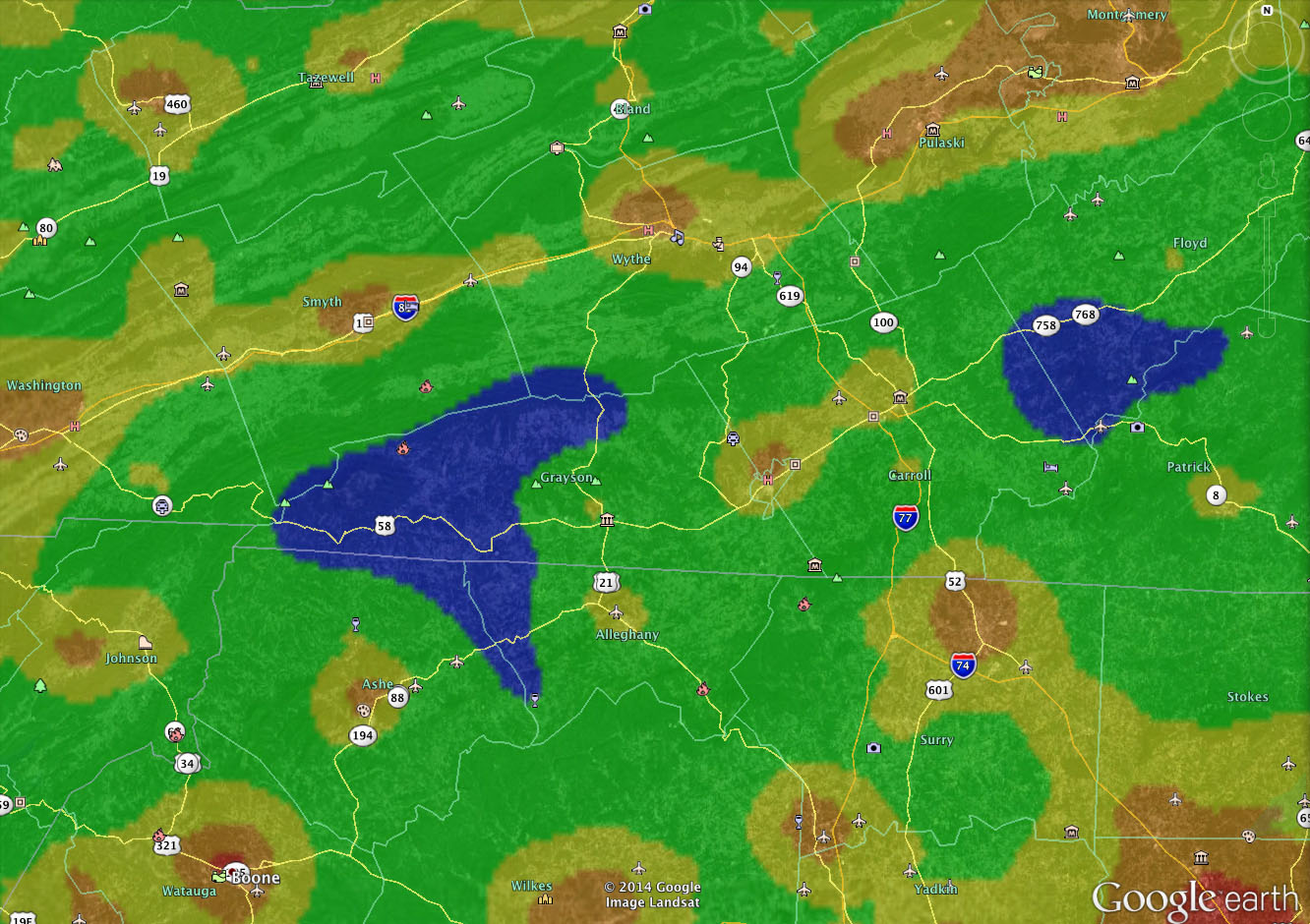When did lemons get to be so expensive? For years, I rarely bought them, because they just didn’t seem worth the price, and the quality was rarely appealing.
And yet, lemons can be useful. Nothing is better than fresh-made lemonade on a hot day. Trader Joe’s has pretty good prices on lemons, so I’ve been buying them again.
When I was a young’un, growing up in the Yadkin Valley, there was pretty much no such thing as exotic foods, because foods — at least fresh foods — weren’t transported very far then. And yet, as I recall, there were almost always lemons in the refrigerator, almost surely from Florida. Fresh lemonade was not unusual (though iced tea was an everyday thing). I remember a lot of lemon custard pies. I remember cake frostings with lemon peel grated in. My 1942 edition of The Joy of Cooking frequently calls for lemons, as though Irma Rombauer assumed that, even in the 1940s, cooks were likely to have them. Lemons have been shipped around for centuries, I’m sure.
In any caste, I’m resolved to get into the habit of buying lemons in the summer, as long as the price is right.
As for the lemonade, it needs to be sweet. That would require far too much sugar. I’ve been sweetening the lemonade with stevia extract. Stevia extract is not a perfect sweetener (nothing is perfect other than sugar). But the intensity of the lemon taste masks the aftertaste of the stevia.
Normally I use vinegar in hummus. But lemon juice works well too, and it gives the hummus a much brighter taste than vinegar.


